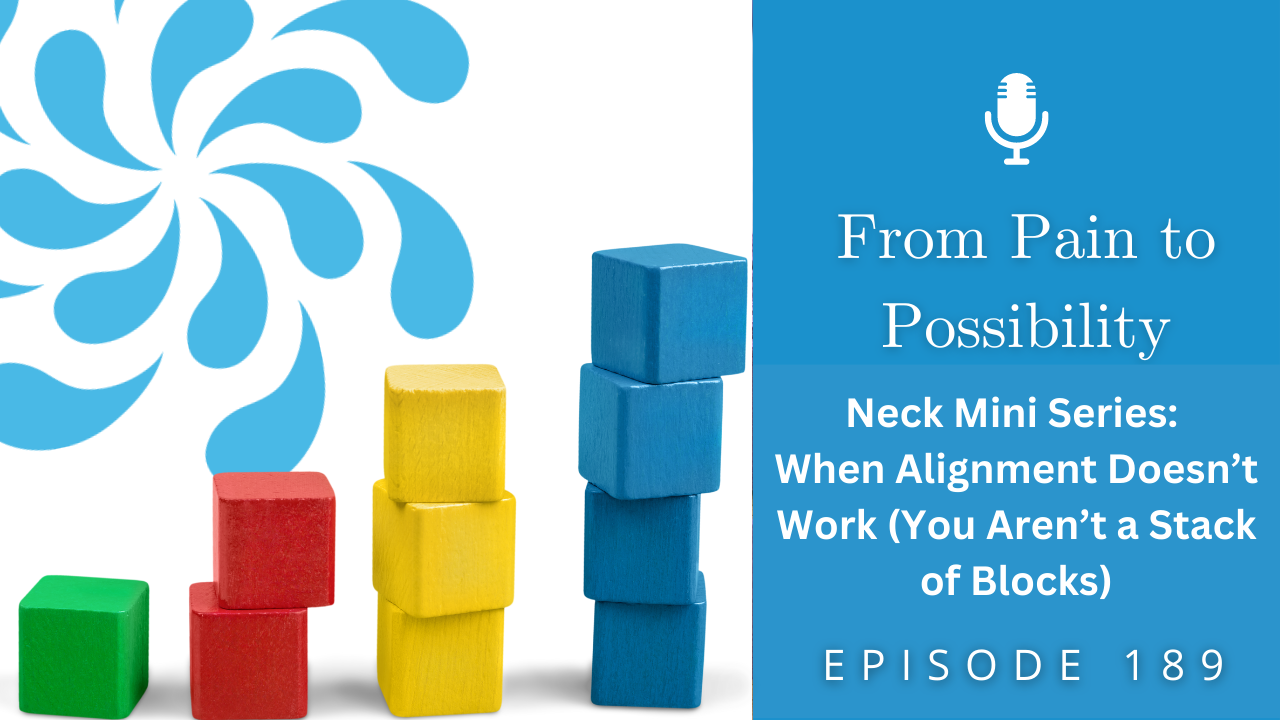Welcome to week one of my Neck Mini Series where we will reinterpret our understanding of posture and alignment. Alignment and posture are often used as a fix-all, treating our pain and bodies like Lego pieces.
The “block building” approach to treating pain is missing the multi-faceted nature of our beings. This week, I explore how posture is in tune with our subconscious. I unpack how encouraging my clients to connect easefully with their bodies allows for quicker, deeper, structural shifts.
Learn how your neck may be compensating for other areas of your body, why your posture is linked to deeper feelings of security, and how to understand alignment within your dynamic body.
Subscribe: Apple Podcasts | Spotify

